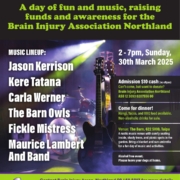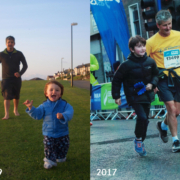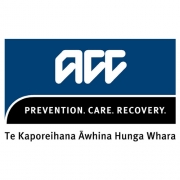Brain Injury NZ Warns of Life-Threatening Dangers in “Run It Straight” Events
Brain Injury New Zealand is calling for urgent government action to prevent further organised “Run It Straight” events, warning that these collision-based activities could pose an extreme risk of catastrophic brain injury or death.
Speaking on The Platform with Sean Plunket this week Kelly Jones, Brain Injury NZ Vice-President and AUT associate professor with the National Institute for Stroke and Applied Neurosciencesy, outlined why these events are fundamentally different from contact sports and cannot be made safe.
“The aim is to cause injury to the other person, there’s no ducking and diving, there’s nobody else involved to buffer some of that impact on a person which impacts the brain,” Dr Jones explained during the interview.
Unlike rugby or other contact sports where players attempt to avoid direct collisions, “Run It Straight” involves participants deliberately charging at each other at full speed without protective equipment. Dr Jones emphasised this critical distinction: “This new activity is very different, that is not the case, the purpose is to hit each other at full force.”
Dr Jones detailed the devastating mechanics of what happens to the brain during such impacts. “If we think of the brain it’s a soft jelly like substance it’s sitting in fluid and then it’s contained in this hard casing being our skull,” she explained. “That skull comes to a sudden stop but the brain keeps moving and this is where we see the damage.”
The resulting injuries can be catastrophic. “It can rupture it can bruise it can bleed there can be tearing and shearing of those many many connections that are in the brain,” Dr Jones warned. The brain can also experience secondary impacts as it recoils within the skull.
When asked by Plunket whether there was any safe way to organise these events, Dr Jones was unequivocal: “Not that I could see no.”
Even safety measures like helmets provide minimal protection. “Helmets can slightly reduce the impact but there will still be an impact. It may just mean that the damage to the brain is slightly less severe but it’s not going to take away the risk completely,” she said.
Dr Jones also addressed common misconceptions about brain injury, particularly the belief that someone needs to lose consciousness for a brain injury to occur. “They may or may not have lost consciousness or blacked out. Now sometimes people think ‘Oh they didn’t black out there’s no injury to the brain.’ That is absolutely not the case there can be injury to the brain without a loss of consciousness.”
Warning signs of brain injury include being dazed or confused, memory loss about the event, and any loss of consciousness. Dr Jones stressed the importance of seeking immediate medical attention: “If there’s been excessive force and they are confused and they can’t remember what happened definitely seek urgent medical attention.”
Brain Injury NZ is particularly concerned about events offering prize money up to $20,000, which appear to target financially vulnerable communities. We question how these events received permits under health and safety legislation that requires risks to be managed “so far as is reasonably practicable.”
Brain Injury NZ calls for urgent government action to prevent further organised “Run It Straight” events. The claim by organisers that onsite medical staff and mouthguards make the activity safe is misleading – these measures cannot prevent the fundamental mechanism of brain injury that occurs when the brain impacts the inside of the skull.
For information and support regarding brain injury, contact Brain Injury New Zealand or your local regional association.






